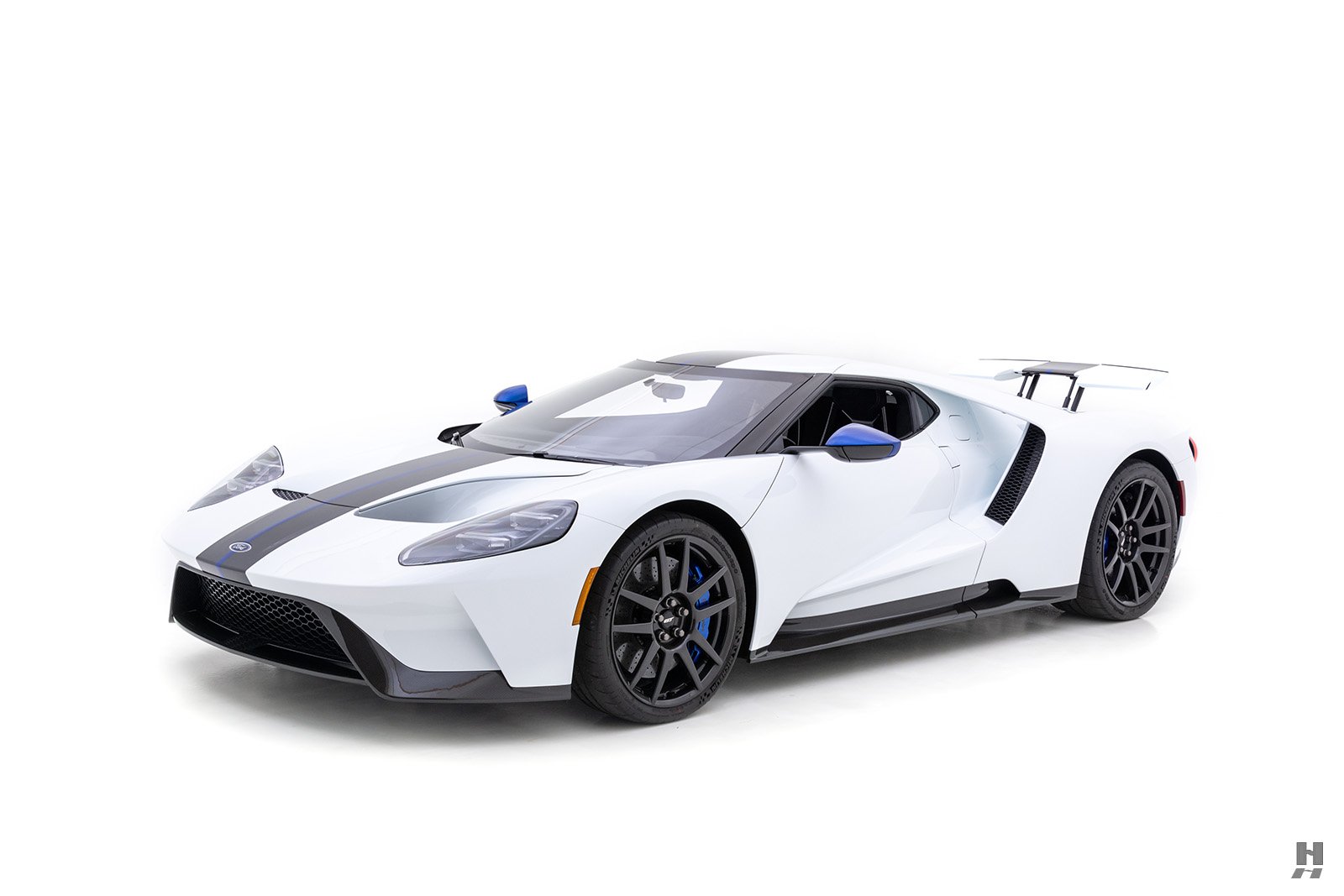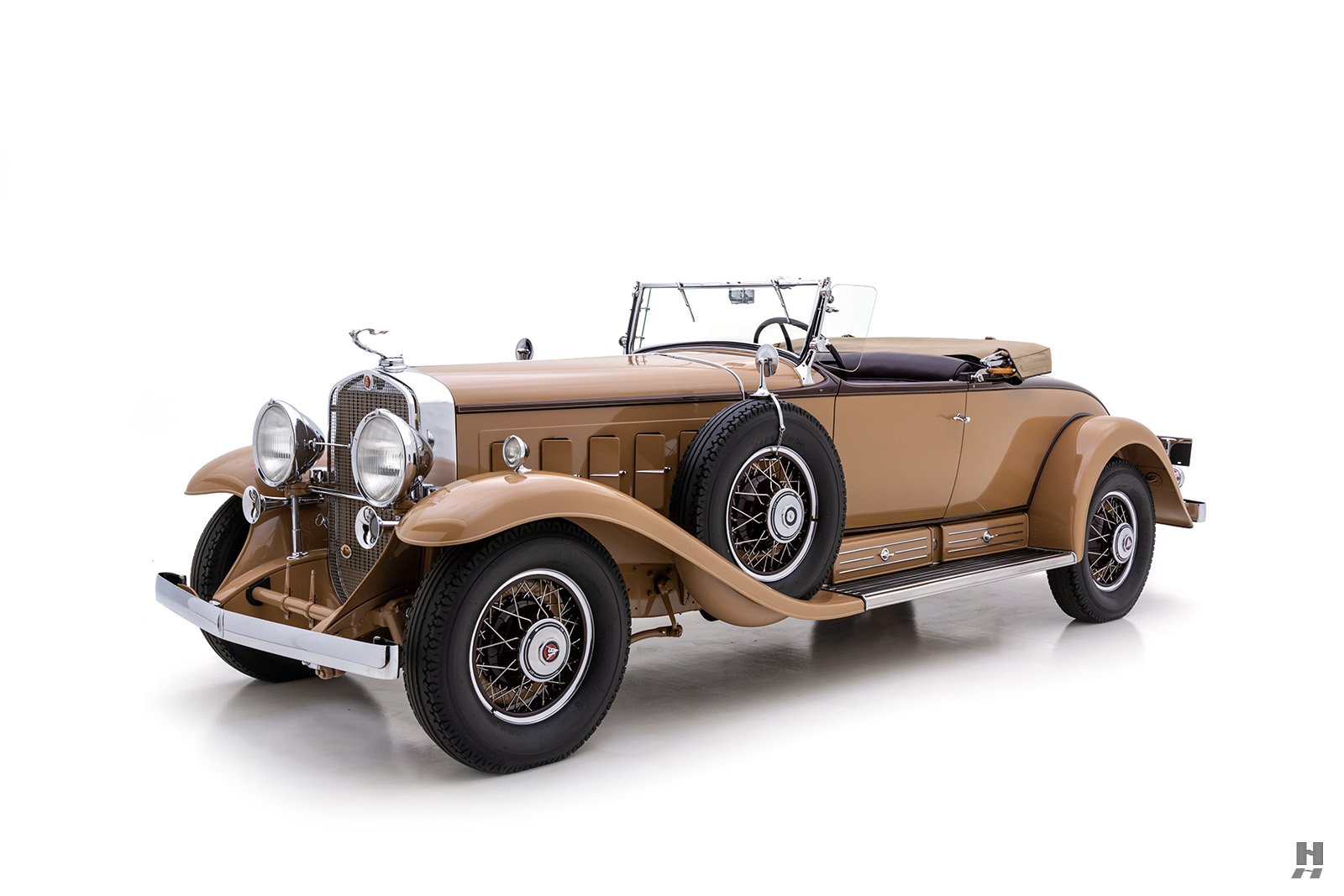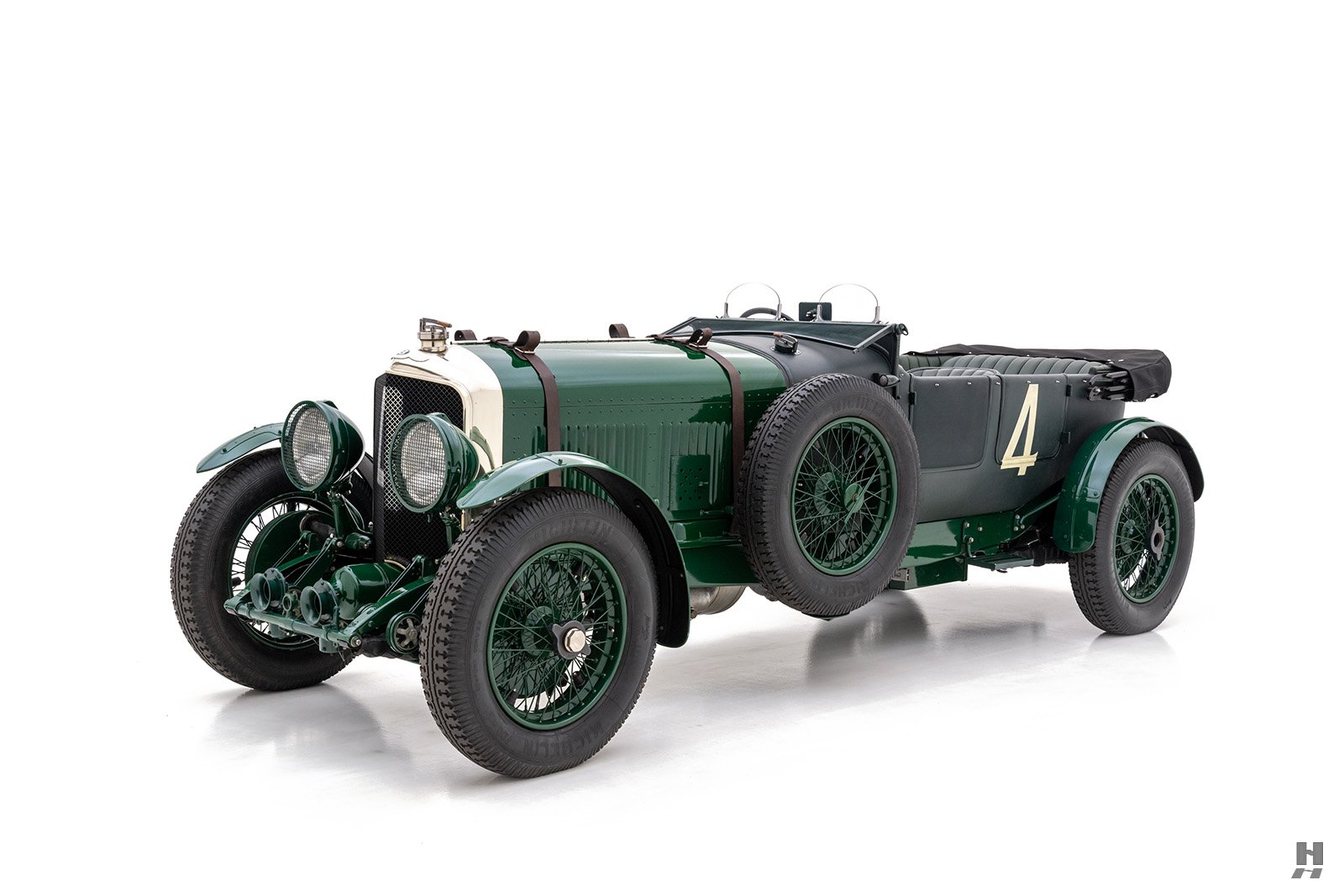As the 1920s drew to a close, Cadillac was enjoying considerable success in the hotly contested luxury car market. Locked in a tight battle with its cross-town rivals at Packard, General Motors made a bold move by adding La Salle as a stylish junior companion brand to Cadillac. Harley Earl, who is widely considered as the father of American car styling, was first hired to design the La Salle, and with its immediate success, he was put in charge of the newly created Art and Color Department at GM where he would soon make his mark on the rest of the GM lineup.
With Cadillac on firm footing, company president Larry Fisher, together with Harley Earl set their sights on creating an all-new flagship to lead the GM’s most prestigious marque into the 1930s. Earl and Fisher took a tour of England and mainland Europe, visiting with traditional coachbuilders such as Barker, James Young, Saoutchik, and Vanvooren in search of inspiration. Meanwhile, in Detroit, Cadillac was set to unveil a stunning new powerplant that would become the new Crown Jewel at General Motors. Cadillac introduced two new engines based on the same architecture – a V12 and a sensational, 452 cubic-inch V16, both designed in-house by Owen Nacker. The engines were technically and visually stunning, with overhead valves and stylish Art Deco-inspired styling. Both engines were powerful, but it was the mighty V16 that genuinely stole the headlines with its 175 horsepower output and unparalleled refinement.
The V16 engine was installed in a new, strengthened chassis with power-assisted brakes and a “clashless” synchronized gearbox. Unlike its competitors, General Motors utilized in-house coachbuilders Fisher and Fleetwood to build the bodies for the new Series 452, with only a select few cars going to outside firms. Nearly one hundred body and wheelbase combinations were possible, which ensured the kind of exclusivity that was necessary if Cadillac hoped to lure buyers from the likes of Rolls-Royce and Hispano-Suiza. The basis styling was penned by a team led by Harley Earl, while Fisher and Fleetwood crafted some of the most beautiful bodies of the 1930s. Initial sales were robust for 1930, but tapered off dramatically in subsequent years, thanks to the effects of the Great Depression. In spite of the fact that GM lost money on every example they built, the Cadillac V16 stands as one of the most desirable and collectible American motorcars of the classic era.
The Fleetwood Roadster was one of most sporting body styles offered by Cadillac, and when mated to the V16 chassis, created a true Gentleman’s express. This stunning example of the legendary Cadillac Series 452 is fitted with the desirable roadster coachwork, Fleetwood style 4302. This particular example, bearing chassis number 702414, has led a fascinating life. According to the consignor, it was originally built in right-hand drive specification and delivered to the Earl’s Court Motor Show in London. It left the factory wearing formal “Madame-X” seven-passenger limousine coachwork and was sold at the motor show to Count Labia, the Italian Ambassador to South Africa. From London, it was sent to South Africa where it remained for many years, passing through a handful of local owners. It wasn’t until 1977 that it returned to the USA when Archie Meinerz of Franklin, Wisconsin purchased it. During Mr. Meinerz ownership, the car was fully restored, and the original Madame-X body was exchanged with this roadster body sourced from a V8 chassis that also belonged by Meinerz. Subsequent owners have included CCCA stalwarts Fred and Dave Webber as well as Calvin High, all of whom maintained the car in top mechanical and cosmetic condition.
Today, this beautiful Cadillac presents in excellent order throughout, benefitting from a concours-quality restoration that has mellowed slightly with time. The car is handsomely presented with excellent two-tone green paintwork and exquisite detailing. Style 4302 was among the most sporting of the extensive Fleetwood catalog, aimed at wealthy playboys and sportsmen who held style and performance in high regard. The body is fully accessorized for the period, with dual Pilot Ray spot lamps, radiator stone guard, Goddess mascot, dual Cadillac-crested spot lamps, and dual sidemount spare wheels with color-keyed metal covers. Chrome plating on the bumpers, horns, body fittings and Tilt-Ray headlamps shows very well and remains in fine condition, showing only minor aging since the restoration was completed.
Rich, dark green leather adorns the two-place cockpit and is repeated in the rumble seat area. Seats, door cards, and carpets are excellent, appearing fresh and beautifully crafted. Detailing is exquisite, with correct-type Jaeger and AC gauges arranged in the ornate fascia with a sunburst pattern and engine-turned alloy décor. The top is trimmed in light tan canvas, and includes matching side curtains and boot cover. Underhood and chassis surfaces are finished to a high standard as well, with fine detailing and excellent presentation.
The Cadillac Series 452 stands among the great American motorcars of all time as a masterpiece of engineering and Classic Era prestige. This lovely example has an interesting provenance and has benefitted from years of care in the hands of a series of passionate collectors, and will continue to be a welcome sight on tours or the concours field.
If you own a vintage Cadillac that you would like to sell, but don't want to deal with all the hassle, contact us today. Through our car consignment program we market to our international database of collectors, we also have a lengthy client list looking for special cars.
Sorry this car has been sold. Are you looking to buy or sell a car like this? Contact a representative
For immediate assistance please call us at +1-314-524-6000 or please fill out the following form and a member of our team will contact you.







































